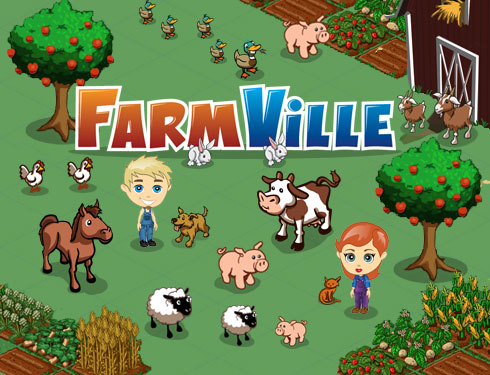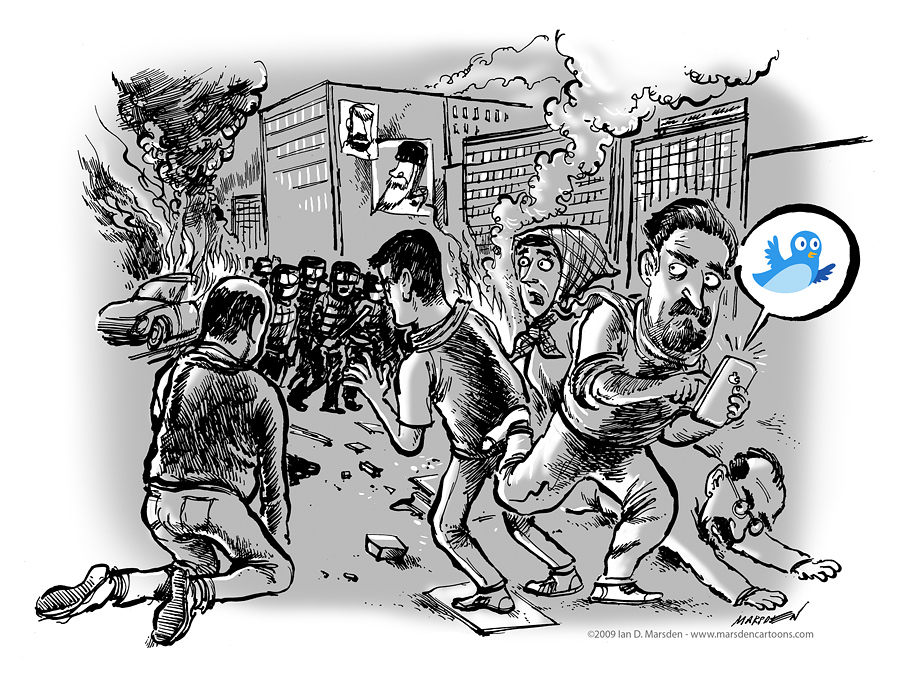
My class consists of 36 students. How many of them have a Facebook account? The answer is 33. How many of them has a Twitter account? The answer is 4. Apparently, teens spend a lot of their leisure time on Facebook interacting with their friends and playing web-based games by Zynga, but only a small percentage of them use Twitter. Most have heard about the word “Twitter” but know nuts about what the micro-blogging service actually does. Below are a couple of reasons why teens don’t use Twitter.
I’m referring to the average teenager. If you’re a teen and use Twitter frequently, the following points are of no relevance to you.
Facebook = Twitter, But Much Better

Facebook is a feature rich platform where social networking is key. Teens are actually using Facebook as a micro-blogging service, and sharing interesting or funny bits of their life on their Facebook wall. Tagging their friends on photos and videos generate a buzz of conversations. The social networking juggernaut also enables teens to interact with their friends in real-time (using its built-in IM), play with or even challenge their friends in online games such as Pet Society, Mafia Wars and Restaurant City — all in one page.
On the contrary, Twitter is more of a simple micro-blogging service that only allows users to publish tweets, follow and read celebrities’ or their friends’ updates. The lack striking two-way communication features such as photo tagging, threaded conversations, the ability to reveal more of our hobbies and interests, discourages teens to use Twitter.
The reverse network effect is another factor that discourages teens to use Twitter. Teens have got their circle of real-life friends, which is the same as their Facebook friends list, and that’s who they want to connect to. None of their friends are on Twitter so why should they be?
Friends and Not Real-Time Information

There’s no doubt that today’s generation of teenagers are tech-savvy. It’s a common sight to see teens spending a huge portion of their time on Facebook, blogging and Instant Messengers. These share a common denominator –- friends. By using these social networking platforms, teens are able to interact and connect with their friends online after school. For example, they can share their views, thoughts and opinions of a particular issue on their MSN’s personal message, Facebook Wall, personal blogs and many more.
Although it’s possible to make their Twitter account “private”, but the culture of Twitter is all about participation in a large public square. Touted as an “epicenter of world events”, the micro-blogging service is filled with a vasta array of news and real-time information. Everyone on Twitter becomes a web journalist, breaking news at a much faster pace and probably higher accuracy as compared to traditional media. What’s more is that many internet marketers and bloggers are embracing Twitter as a marketing tool to promote their products and articles.
Do you think many teens out there really care much about what’s happening in both the physical and technological world? Honestly speaking, news such as how much impact the Eyjafjallajokull volcano has caused to the airline industry or the launch of Apple iPhone OS 4.0 don’t really bother them at all. What they are more interested in are games and friends.
140 Characters Is Insufficient

Teens tend to be more chatty, given that their hormone level are pretty during their adolescence. 140 characters exceeds the typical attention span of teens. Facebook limits each update to 420 characters and blog allows users to write as much as they want to. On blogs, you can embed photos and videos, accompanied with text on each blog post without any much hassle. You can’t really do so on Twitter. From a teen’s perspective, it’s faster to post a blog about myself on Twitter but I have more time. Why rush it? I can’t sit there and get into a long post on Twitter (due to its 140 characters limit). Therefore it’s better for adults who are putting the food on the table as a priority.